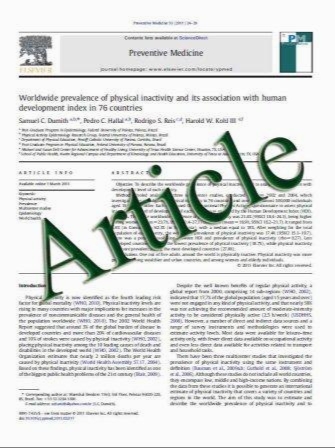Clinical outcome using a ligament referencing technique in CAS versus conventional technique
- نوع فایل : کتاب
- زبان : انگلیسی
- مؤلف : K. Lehnen • K. Giesinger • R. Warschkow • M. Porter • E. Koch • M. S. Kuster
- چاپ و سال / کشور: 2011
Description
Purpose Computer-assisted surgery (CAS) for total knee arthroplasty (TKA) has become increasingly common over the last decade. There are several reports including metaanalyses that show improved alignment, but the clinical results do not differ. Most of these studies have used a bone referencing technique to size and position the prosthesis. The question arises whether CAS has a more pronounced effect on strict ligamentous referencing TKAs. Methods We performed a prospective cohort study comparing clinical outcome of navigated TKA (43 patients) with that of conventional TKA (122 patients). Patients were assessed preoperatively, and 2 and 12 months postoperatively by an independent study nurse using validated patientreported outcome tools as well as clinical examination. Results At 2 months, there was no difference between the two groups. However, after 12 months, CAS was associated with significantly less pain and stiffness, both at rest and during activities of daily living, as well as greater overall patient satisfaction. Conclusion The present study demonstrated that computer- navigated TKA significantly improves patient outcome scores such as WOMAC score (P = 0.002) and Knee Society score (P = 0.040) 1 year after surgery in using a ligament referencing technique. Furthermore, 91% were extremely or very satisfied in the CAS TKA group versus 70% after conventional TKA (P = 0.007).
Knee Surg Sports Traumatol Arthrosc (2011) 19:887–892 DOI 10.1007/s00167-010-1264-4 Received: 16 March 2010 / Accepted: 31 August 2010 / Published online: 18 September 2010


